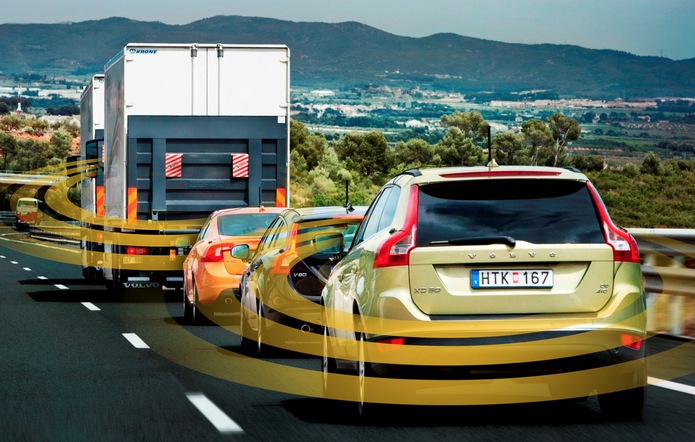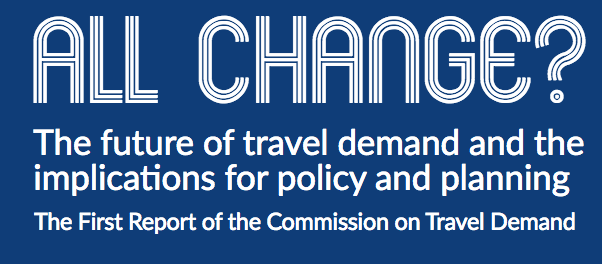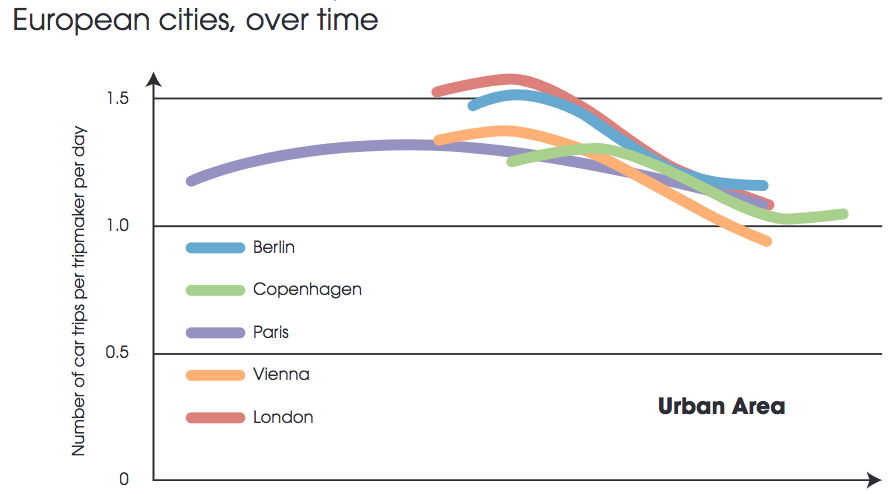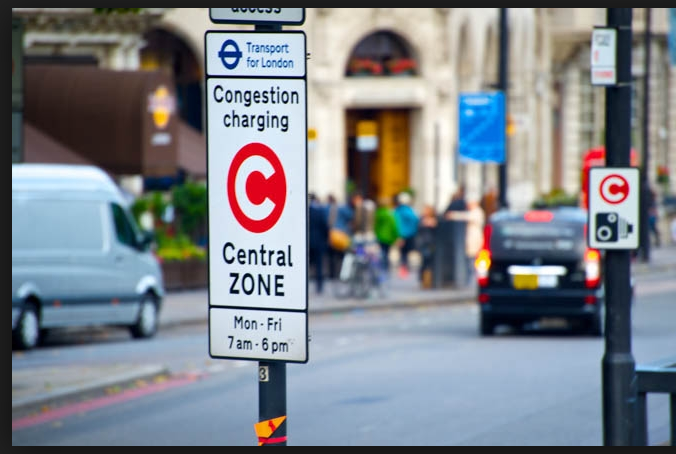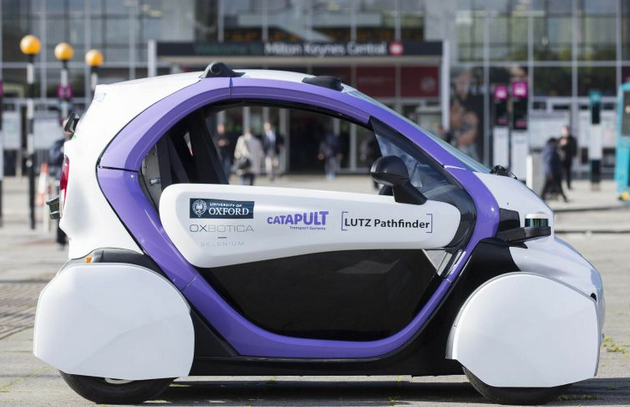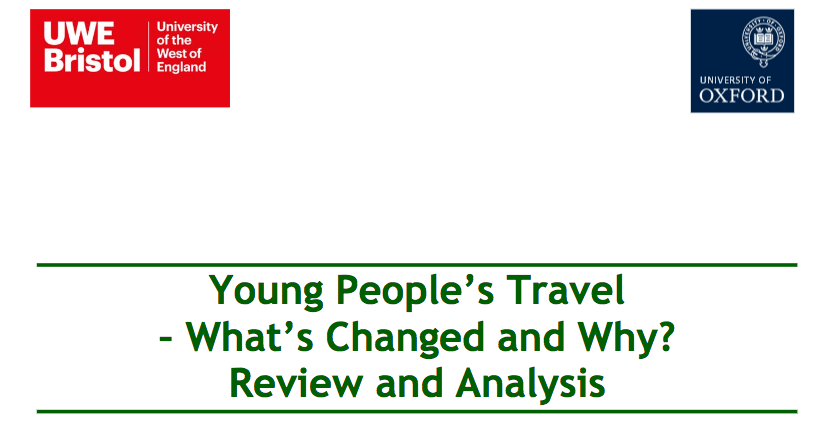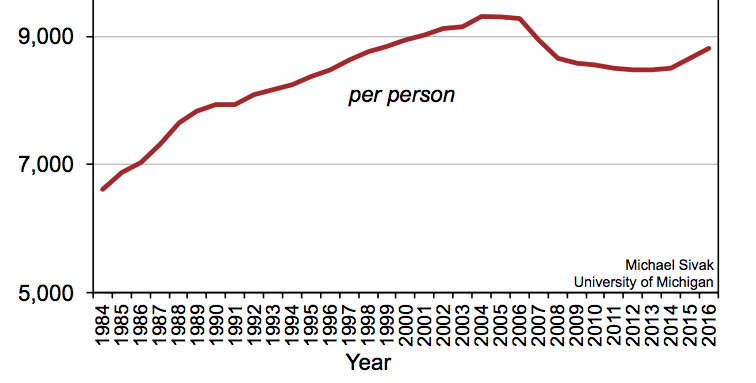I recently participated in a conference on the Future of the Car, organised by the Financial Times, which prompted the following thoughts.
The car industry is in a state of flux as it engages with four new transport technologies. Electric vehicles will eliminate both carbon and noxious tailpipe emissions, and go a long way to achieving sustainable surface transport. Autonomous vehicles are expected to work wonders, but timing and impact in big cities is quite unclear. Digital navigation, now in general use, can optimise routing through congested traffic and provide estimated journey times, so reducing the uncertainty that is the most bothering aspect of congestion. Digital platforms, exemplified by Uber, more efficiently match demand to supply, and also facilitate sharing of journeys.
Vehicle sharing is seen by many as the answer to road traffic congestion. Certainly, if the numbers of trips were fixed, increased vehicle occupancy would mean fewer vehicles and less traffic. But trip numbers are not fixed. Congestion arises in areas of high population density and high car ownership. The capacity of the road network is insufficient to accommodate all the car trips that might be made. Some are supressed by the prospect of unacceptable time delays as car owners made other choices – of mode or time of travel, of destination where there are options (as for shopping), or not to travel at all (ordering goods online, for instance, or working at home). Interventions intended to reduce congestion, such as vehicle sharing, initially free up road space and reduce delays, but this attracts previously suppressed trips, restoring congestion to what it had been. This is also the basis for the maxim that you can’t build your way out of congestion, which we know from experience to be generally true.
The most important transport innovations of the past had a crucial characteristic. They achieved a step-change in the speed of travel, allowing us increased access to desired destinations, opportunities and choices, as we saw with the railways, the car, commercial aircraft, the bicycle in its heyday, and motorised two-wheelers today in low income countries. Step-changes in virtual access to services and people have been achieved by a succession of electronic innovations – the telegraph, telephone, radio, television, internet, broadband, mobile phone, social media. All these innovations have been transformative and have rewarded the huge investments that made them possible.
In contrast, the new transport innovations do not permit a step-change in the speed of travel. They will not increase our access and will not be transformative. The car of the future will be electrically propelled, will have extensive digital functionality as well as self-driving options. But the car of the future will not progress faster through urban traffic than the car of today.
What the new technologies offer are incremental improvements to the quality of the journey. Users will take up such options if they are perceived to offer value for money. The auto industry will need to drive down the costs of the innovative features, which of course is what the industry has always strived to do. The future of the car, and of the industry, will be more like the past than many seem to suppose.
A version of this blog appeared in the FT’s Alphaville blog.


